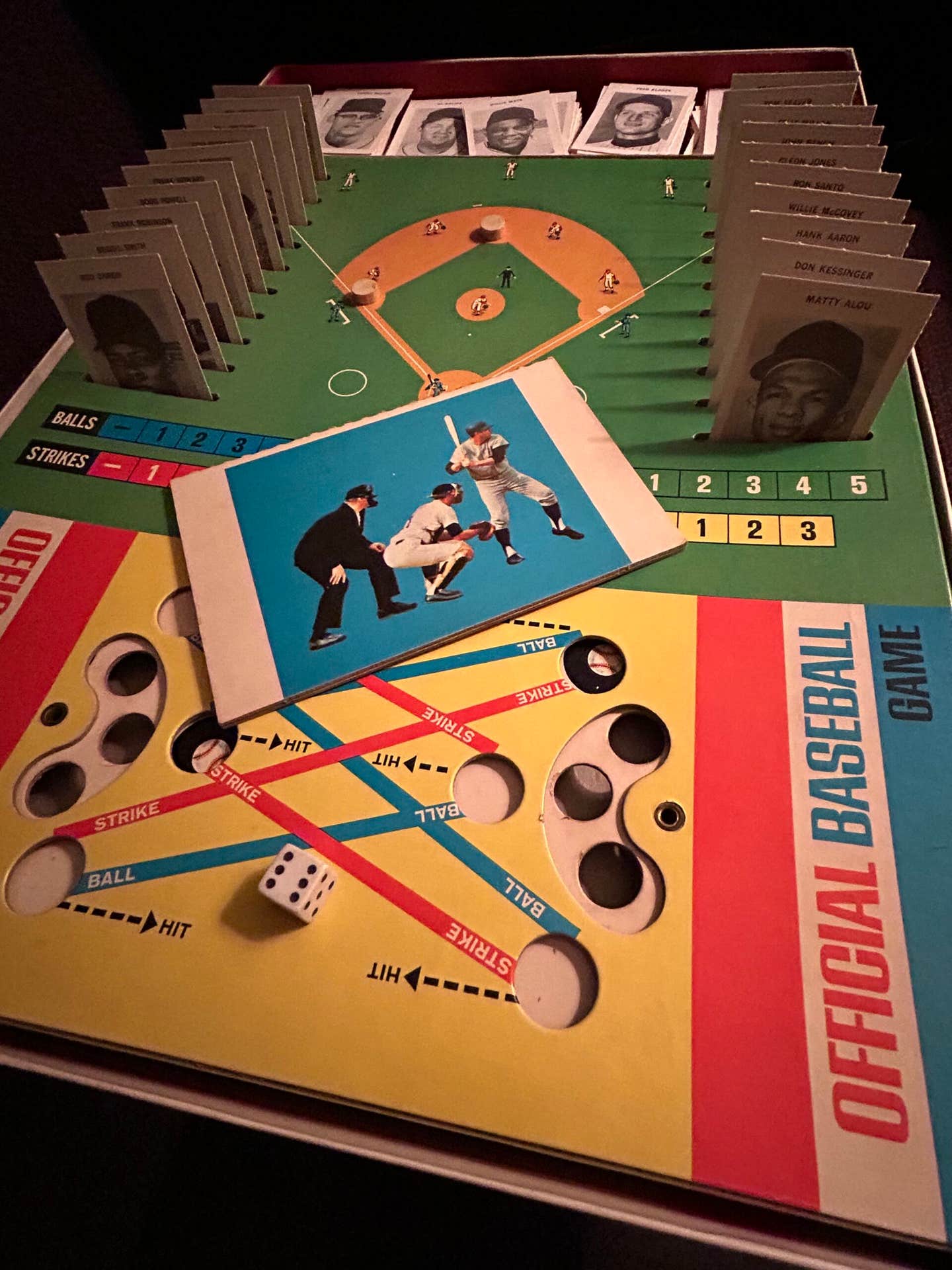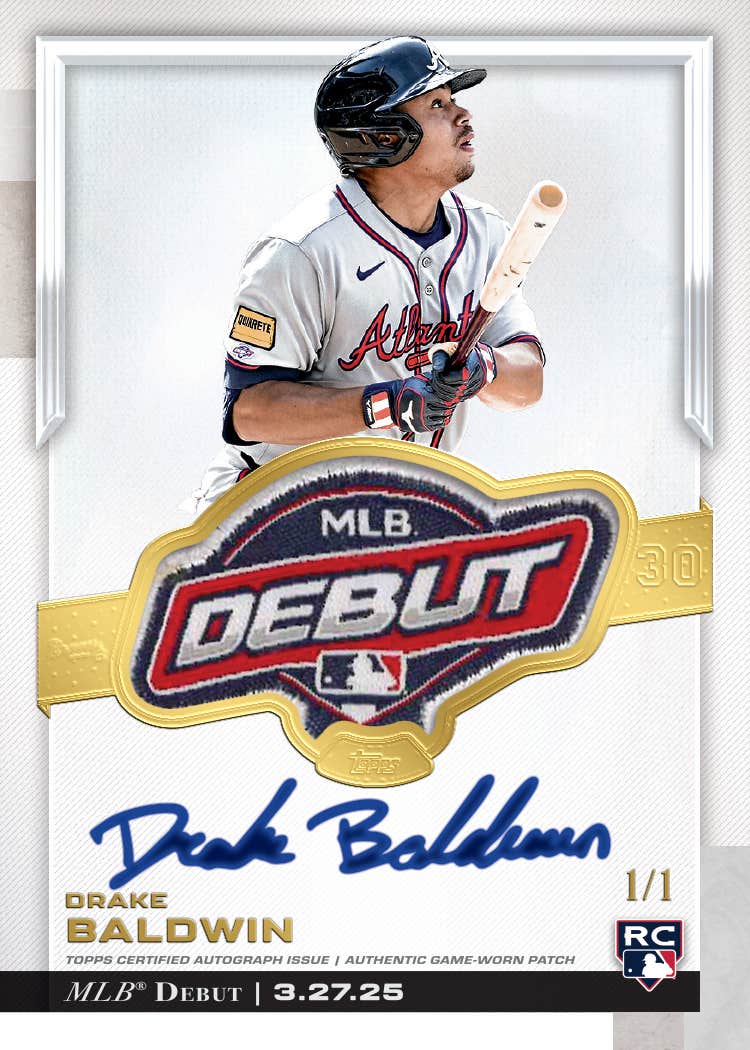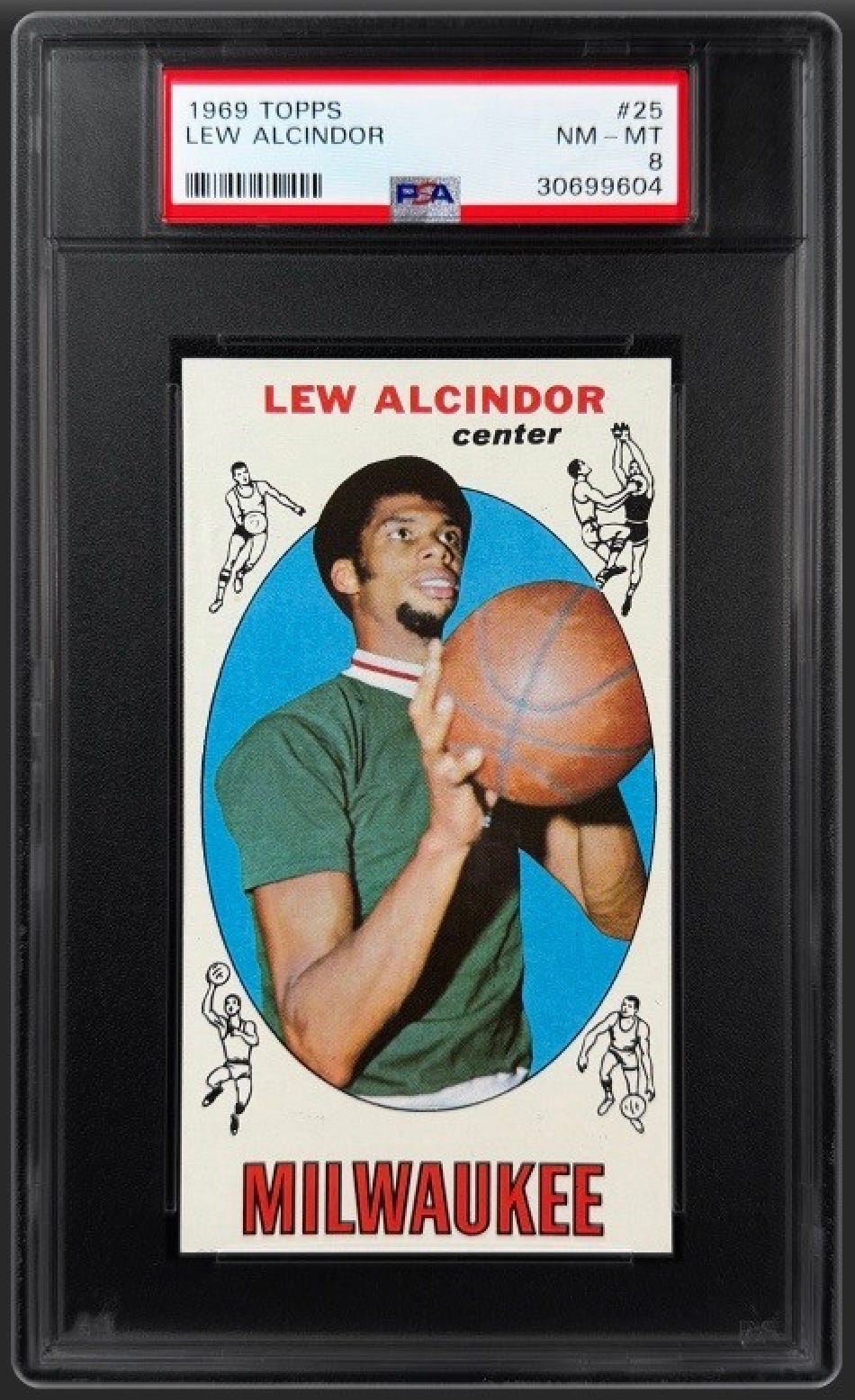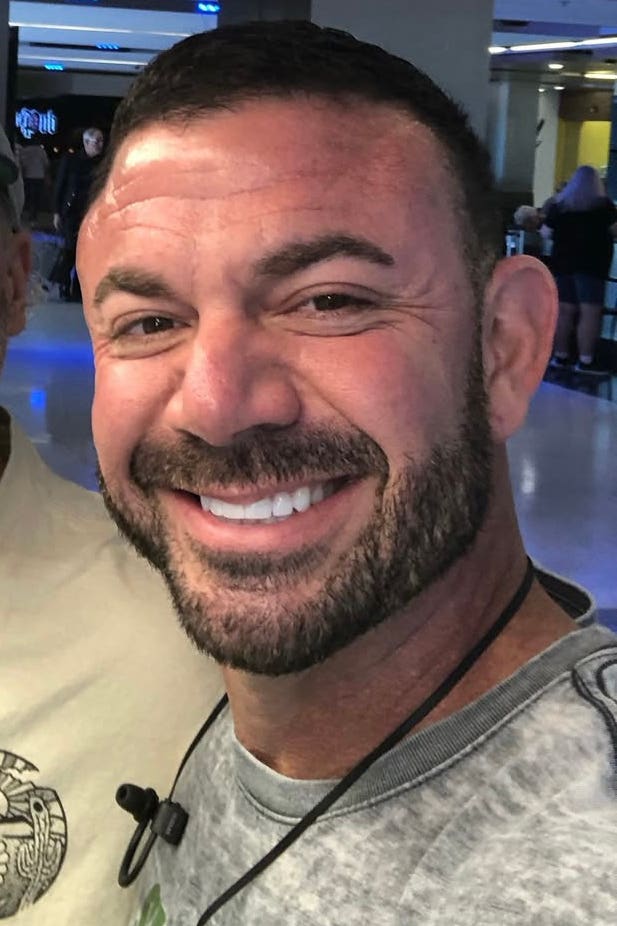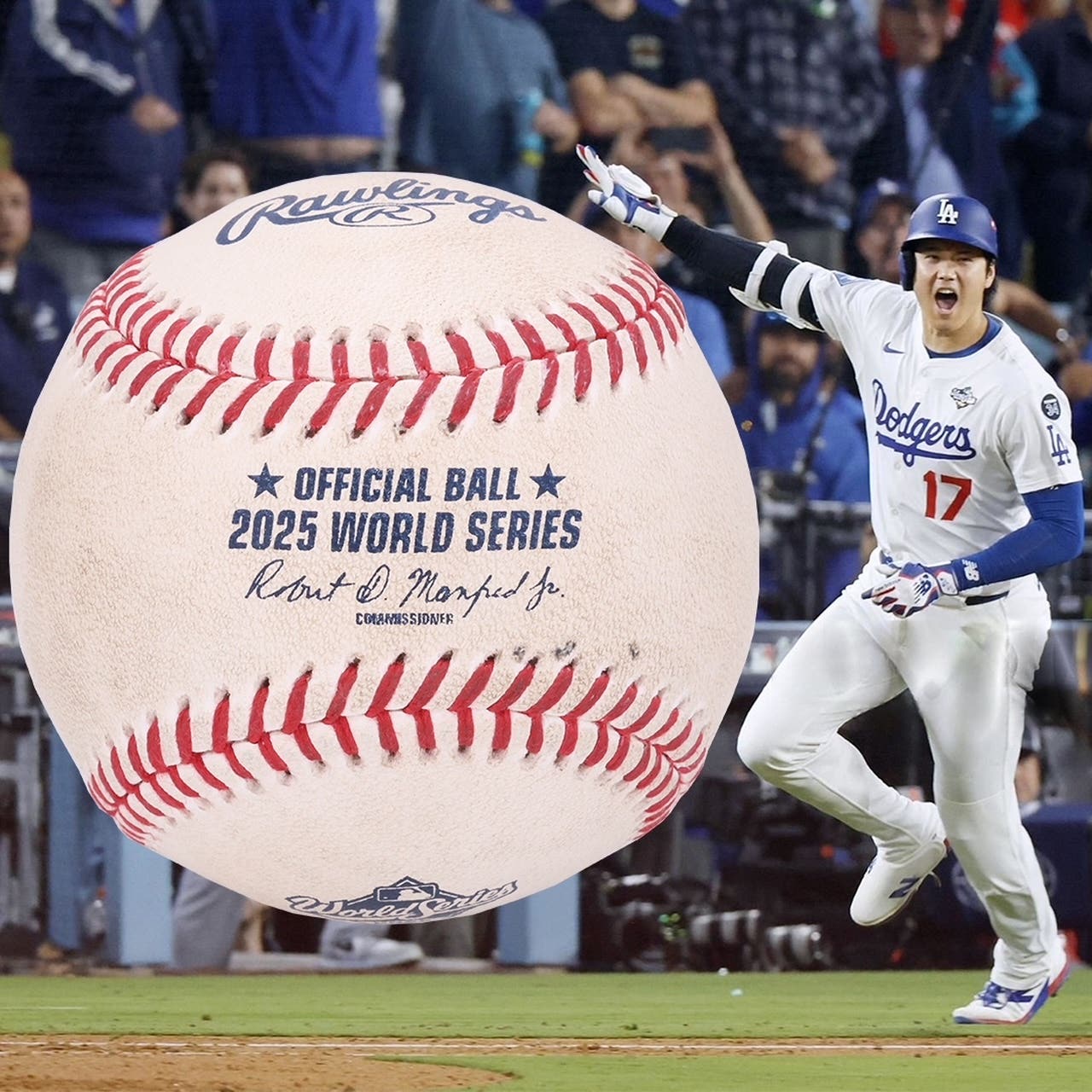Autographs
Negro Leagues Museum a glorious walk through time, tribute to baseball’s historic pioneers
KANSAS CITY, MO—Walking into the Negro Leagues Baseball Museum is a step, perhaps a leap, back in time, with a detour of sorts through the world of historic sports memorabilia.
My knowledge of the Negro Leagues is from history books, videos and lore. What I remember of legends such as Monte Irvin, Leon Day and so many others come from meeting them at card shows and various signing sessions.
My favorites include the aforementioned Irvin, Day, not to mention Ted “Double Duty” Radcliffe, Jimmie Crutchfield, Jim “Fireball” Cohen, Sammie Haynes, and Toni Stone, among others. I never saw any of them on the field, just on the card show circuit—and I have profiled many former Negro League players for various media outlets, including Sports Collectors Digest.
The Negro Leagues were the baseball path for African-American players from 1920-50, though some say the league continued through 1960. After 1950, the league and its teams were mostly barnstorming units.
Jackie Robinson, of course, was the first black player to play in Major League Baseball, making his debut for the National League Brooklyn Dodgers on April 15, 1947. Larry Doby was second, playing for the American League Cleveland Indians on July 5, 1947.
At the entrance to the Negro Leagues Baseball Museum, there is a large display showing where the teams were located and “What Are The Negro Leagues?”
A beautiful bench is nearby, featuring three bases to sit on and bats to lean against. Each bat honors a past great, including Satchel Paige, James “Cool Papa” Bell, Josh Gibson, Oscar Charleston, and others.
Detailed information about the Negro Leagues leads the course visitors take through the museum, starting with The Early Years. Retro photos are priceless.
The museum is privately funded, dedicated to preserving the history of Negro Leagues baseball in America. It was founded here in 1990 in the historic 18th & Vine District, the hub of African-American cultural activity in Kansas City during the first half of the 20th century. The Negro Leagues Baseball Museum shares its building with the American Jazz Museum.
You Also Might Like:
The museum was founded by a group of former Negro Leagues players, including Alfred Surratt, Buck O'Neil and others tied to the history of black baseball.
Next up on the tour: Pioneers, which includes gear from an era long past.
There also are stadium seats, long since in-use.
Andrew “Rube” Foster is featured in the museum, including a life-size statue of the former player, manager and executive who was elected into the Baseball Hall of Fame in 1981. Foster is long considered one of the best pitchers of the 1900s and is known for founding and managing the Chicago American Giants, one of the most successful black baseball teams of the pre-integration era.
Foster organized the Negro National League, the first long-lasting professional league for African-American ballplayers, which operated from 1920-31.
The host city also has a strong legacy in the Negro Leagues, including Satchel Paige, Buck O’Neil, and many others.
Seeing vintage gloves, shin protectors for catchers and their face masks was amazing.
The museum features suitcases for that era, not to mention bats and more.
There also are jerseys from the past, plus pennants, photos, newspapers and more.
The Golden Years section features a photo of pitcher Leon Day who, in 1995, was elected into the Baseball Hall of Fame, just six days before his death at age 78.
Few, if any, can claim they have an autograph from Day with an “HOF 1995” inscription. His autograph showed every letter of his first and last name, always.
The museum spotlights media members from that era, such as Wendell Smith from the Pittsburgh Courier and Joe Bostic, among others.
The 1946 Negro Baseball Yearbook sold at the time for 25 cents.
The Beisbol section spotlights baseball in Latin America.
A wall display fittingly honors Paige. The right-hander pitched for five decades and ultimately was inducted into the Baseball Hall of Fame. At age 42 in 1948, Paige made his MLB debut for the Cleveland Indians.
At age 59, he played his last major league game, a record that stands to this day.
Paige was the first black pitcher to play in the American League and the seventh black player to play Major League Baseball. Also in 1948, Paige became the first player who had played in the Negro Leagues to pitch in the World Series.
Paige was the first electee of the Negro League Committee to be inducted into the Baseball Hall of Fame.
It was cool seeing the Elgin Gold Watch presented to Paige by the Chicago Defender newspaper in 1942.
The museum showcases life on the road for its former players. Memorabilia is spattered throughout the museum, including spikes and more.
The museum spotlights the Harlem Globetrotters and Black Firsts in Pro Football, and other sports.
I enjoyed the section highlighting female players from decades ago, including Toni Stone, Connie Morgan, and others.
The museum features modern-day jerseys, spikes and more that pay tribute to a legacy long past, including a Mariano Rivera-signed New York Yankees jersey. Yep, his No. 42 jersey, a la Robinson.
The replica 1949 Dodgers uniform on Robinson brought back memories, no doubt.
The museum features a baseball with Robinson’s signature and more. In fact, the baseball also was signed by Jim Gilliam and Joe Black, among others.
Then there is a baseball signed by Ty Cobb, among others. And a cut signature of Roy Campanella.
There are baseball cards of past stars tied to the Negro Leagues, such as Don Newcombe, Ozzie Virgil, George Altman, Curt Roberts, and more.
There is a single-signed Willie Mays baseball, as he began his career in the Negro Leagues in the late 1940s for the Birmingham Black Barons.
It was interesting to see the TEAM DEBUT section, such as Ernie Banks, who broke the color barrier for the Chicago Cubs on Sept. 17, 1953. Minnie Minoso was the first black player across town for the Chicago White Sox on May 1, 1951.
The museum honors all the legends who have landed in the Baseball Hall of Fame with a special locker room area, with the player’s Negro League jersey and his Baseball Hall of Fame plaque.
Buck O’Neil is honored with a large display case, including a glove, ball, bobblehead, plaques, and much more.
The museum features a large display case with single-signed baseballs, from common players to Hall of Famers. In 2008, Geddy Lee of the Canadian rock band Rush donated about 200 autographed baseballs to the museum. The signed baseballs include Hank Aaron, Cool Papa Bell, Lionel Hampton, Monte Irvin, Verdell “Lefty” Mathis, Ernie Banks, and Leon Day, among others.
The museum tour ends on the field, naturally, honoring the best of the best at each position. The Field of Legends features life-sized bronze statues of 12 figures from Negro Leagues history.
Crouching behind the plate is Gibson. At first base is Buck Leonard, with John Henry Lloyd at second, Judy Johnson at shortstop, and Ray Dandridge at third base. In the outfield: Cool Papa Bell, Oscar Charleston, and Leon Day. On the mound is, of course, Satchel Paige. At the plate is Martín Dihigo, the only man inducted into the Halls of Fame in three countries: Mexico, Cuba, and the U.S. Other statues commemorate Rube Foster and Buck O’Neil.




